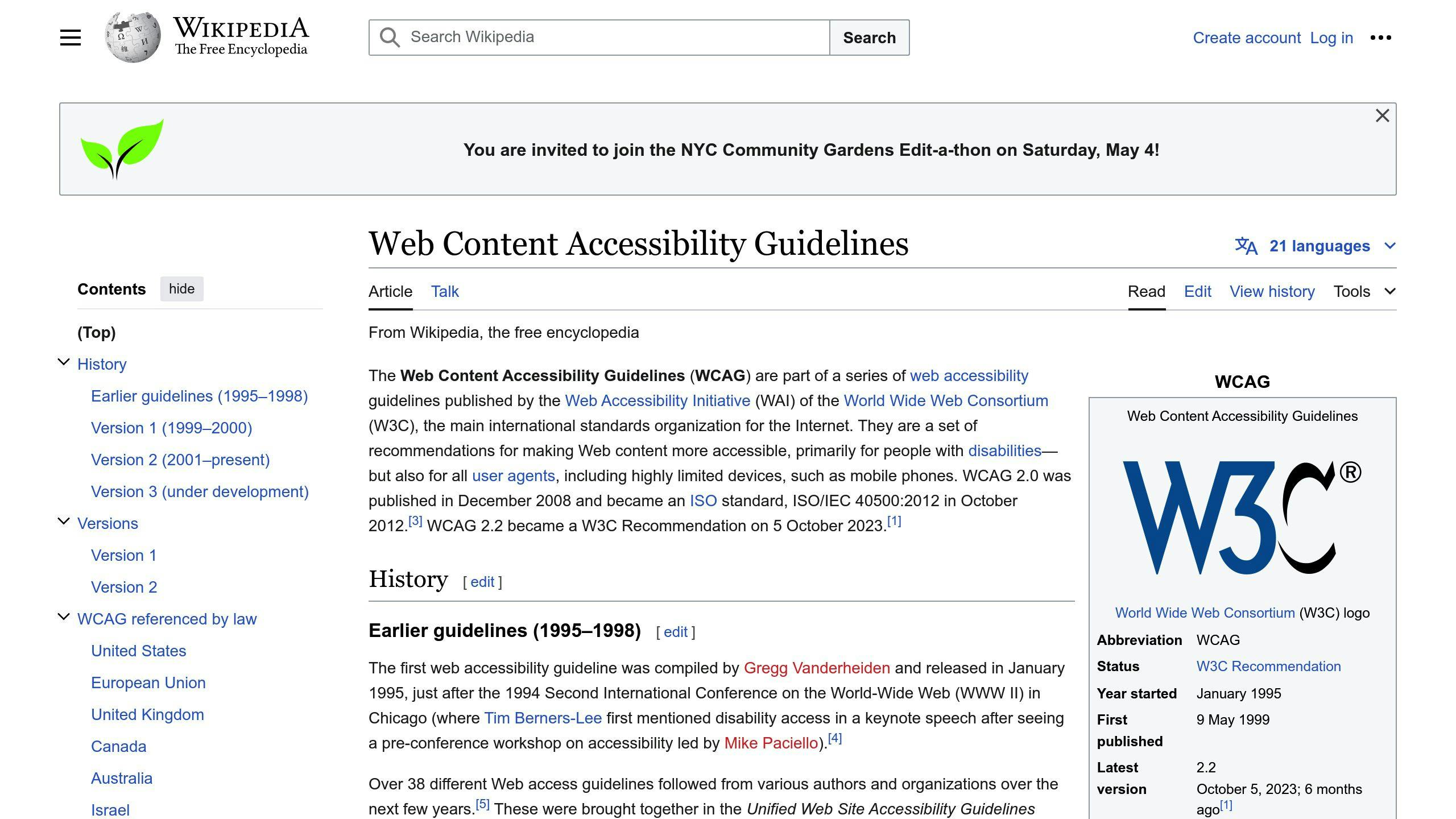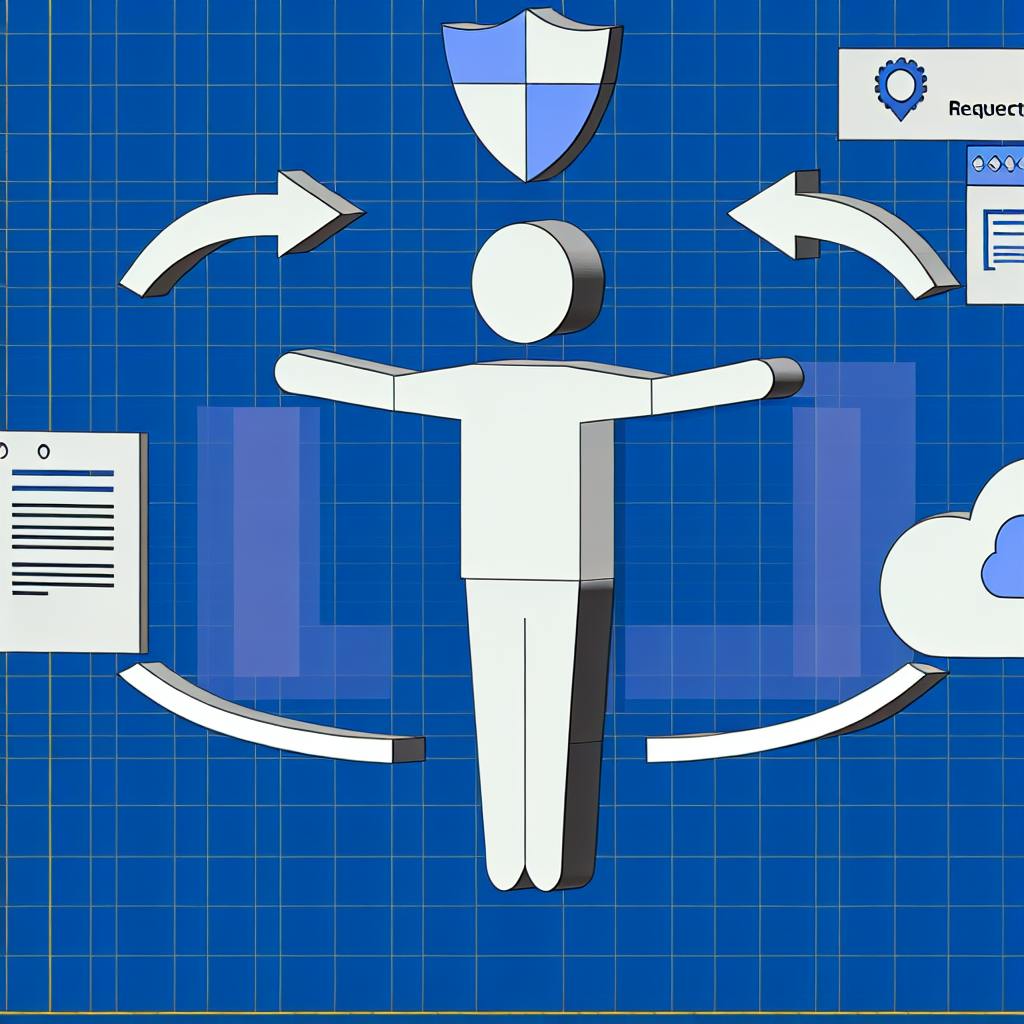Progressive Web Apps (PWAs) allow users to access core app functionalities even without an internet connection by leveraging service workers to cache resources like images, stylesheets, and JavaScript files.
Key Benefits of PWA Offline Use:
- Enhanced User Experience: Provides a reliable and fast experience in areas with poor connectivity.
- Increased Engagement: Enables users to continue using the app while offline, boosting satisfaction and retention.
Service Workers Enable Offline Capabilities:
- Lifecycle Events:
- Installation: Cache resources for offline use
- Activation: Take control of the page
- Fetch: Intercept network requests and serve cached responses
- Registration: Register the service worker script to control the app
Web API Integration Enhances Offline Experience:
- Cache API: Cache resources for instant offline access
- Fetch API: Intercept requests and respond with cached data
- Background Sync API: Synchronize data when back online
- Push Notifications: Re-engage users with timely updates
Caching Strategies for Offline Data:
StrategyUse CaseCache-FirstStatic assets like images, styles, scriptsStale-While-RevalidateContent that's relatively static but updated occasionally
Best Practices:
- Security: Serve over HTTPS, validate cached data, obtain user consent
- Performance Optimization: Implement intelligent caching, cache-first approach
- Testing: Simulate offline scenarios, inspect caches, debug errors
PWAs with robust offline capabilities powered by service workers and Web APIs provide a seamless, fast, and engaging experience regardless of network conditions.
Service Workers in PWAs
Service workers are a crucial part of Progressive Web Apps (PWAs), enabling offline capabilities and managing network requests, caching, and push notifications. In this section, we'll explore the role of service workers in PWAs, their lifecycle events, and the process of registering a service worker.
Service Worker Lifecycle
The service worker lifecycle consists of three primary events: installation, activation, and fetch. Here's a breakdown of each event:
EventDescriptionInstallationThe service worker is downloaded and parsed. If successful, the install event is fired, allowing the service worker to cache resources and prepare for offline use.ActivationThe service worker is ready to take control of the page, and the activate event is fired.FetchThe service worker intercepts a network request, enabling it to respond with cached resources or handle the request accordingly.
Here's an example of how you can handle these events in your code:
self.addEventListener('install', event => {
console.log('Service worker installed');
// Cache resources and prepare for offline use
});
self.addEventListener('activate', event => {
console.log('Service worker activated');
// Take control of the page and manage caching
});
self.addEventListener('fetch', event => {
console.log('Service worker fetching');
// Respond with cached resources or handle the request
});
Registering a Service Worker
To register a service worker, you need to specify the scope of the worker and the location of the service worker script. Here's how to do it:
- Create a JavaScript file that will serve as the service worker script.
- In your main JavaScript file, use the
navigator.serviceWorker.register()method to register the service worker, passing in the URL of the service worker script and the scope.
Here's an example of how to register a service worker:
if ('serviceWorker' in navigator) {
window.addEventListener('load', () => {
navigator.serviceWorker.register('/service-worker.js', { scope: '/' })
.then(registration => {
console.log('Service worker registered:', registration);
})
.catch(error => {
console.error('Service worker registration failed:', error);
});
});
}
In the next section, we'll explore the integration of service workers with Web APIs, enabling offline capabilities and enhancing the overall user experience.
Web APIs and Service Worker Integration
Service workers can integrate with various Web APIs to enable offline capabilities in Progressive Web Apps (PWAs). This integration allows developers to create a seamless user experience even when the app is offline.
Cache API for Offline Content
The Cache API is a crucial Web API that enables service workers to manage offline content availability. By caching resources, service workers can provide instant access to content even when the device is offline.
Here's how to use the Cache API:
StepDescription1Create a cache instance and add resources to it.2Access the cache instance through the caches property in the service worker's global scope.
Example code:
const cacheName = 'my-cache';
const urlsToCache = [
'/',
'/styles.css',
'/script.js',
];
self.addEventListener('install', (event) => {
event.waitUntil(
caches.open(cacheName)
.then((cache) => {
console.log('Opened cache');
return cache.addAll(urlsToCache);
})
);
});
Fetch API for Network Requests
The Fetch API plays a vital role in the service worker's network request interception and response strategy. When a network request is made, the service worker can intercept it and respond with cached resources or handle the request accordingly.
Here's how to use the Fetch API:
StepDescription1Listen for the fetch event in the service worker.2Respond with a cached resource or a network request.
Example code:
self.addEventListener('fetch', (event) => {
event.respondWith(
caches.open(cacheName)
.then((cache) => {
return cache.match(event.request)
.then((response) => {
return response || fetch(event.request);
})
})
);
});
By integrating service workers with the Cache API and Fetch API, developers can create a robust offline experience for their PWA users. In the next section, we'll explore caching strategies for offline data.
Caching Strategies for Offline Data
Caching strategies are crucial for enabling offline capabilities in Progressive Web Apps (PWAs). By using the right caching strategy, developers can ensure a seamless user experience even when the device is offline. In this section, we'll explore different caching strategies, including cache-first, network-first, and stale-while-revalidate, and explain when and why each should be used for offline PWAs.
Cache-First Approach
The cache-first approach prioritizes serving content from the cache, only falling back to the network when the requested content is not available in the cache. This strategy is suitable for static assets, such as images, stylesheets, and scripts, which don't change frequently.
Cache-First StrategyDescription1. Check cache for requested contentIf available, serve from cache2. If not available, fetch from networkCache the response for future requests
Here's an example of how to implement a cache-first strategy:
async function cacheFirst(request) {
const cachedResponse = await caches.match(request);
if (cachedResponse) {
return cachedResponse;
}
try {
const networkResponse = await fetch(request);
if (networkResponse.ok) {
const cache = await caches.open("MyCache_1");
cache.put(request, networkResponse.clone());
}
return networkResponse;
} catch (error) {
return Response.error();
}
}
Stale-While-Revalidate Strategy
The stale-while-revalidate strategy serves content from the cache while simultaneously updating the cache with the latest content from the network. This approach provides a balance between speed and freshness, making it suitable for content that is relatively static but occasionally updated.
Stale-While-Revalidate StrategyDescription1. Serve cached content immediatelyProvide a fast response2. Update cache with latest content from networkEnsure freshness
Here's an example of how to implement a stale-while-revalidate strategy:
async function staleWhileRevalidate(request) {
const cache = await caches.open("MyCache_1");
const cachedResponse = await cache.match(request);
const fetchPromise = fetch(request);
if (cachedResponse) {
fetchPromise.then((networkResponse) => {
cache.put(request, networkResponse.clone());
});
return cachedResponse;
} else {
return fetchPromise;
}
}
By understanding the different caching strategies and when to apply them, developers can create a robust offline experience for their PWA users. In the next section, we'll explore enhancing the offline experience with background sync and notifications.
Enhancing Offline Experience with Background Sync and Notifications
Enhancing the offline experience of Progressive Web Apps (PWAs) is crucial for providing a seamless user experience. In this section, we'll explore how to achieve this using Background Sync and Push APIs.
Background Sync API for Data Sync
The Background Sync API allows PWAs to synchronize data in the background when the device is online. This ensures that users can continue to use the app even when they don't have a network connection.
Here's how it works:
StepDescription1. User initiates an actionThe service worker intercepts the request and stores it in a queue.2. Device comes onlineThe service worker processes the queued tasks in the sync queue.
Push Notifications for User Engagement
Push notifications are an effective way to maintain user engagement and drive retention. By sending timely and relevant notifications, developers can encourage users to return to the app and continue using it.
To enable push notifications in a PWA, developers need to:
StepDescription1. Register a service workerRequest permission from the user to send notifications.2. Receive push eventsDisplay notifications to the user.
By combining Background Sync and Push APIs, developers can create a seamless offline experience for their PWA users. Users can continue to use the app even when they don't have a network connection, and can be notified of updates and events when they come online.
sbb-itb-8abf120
Debugging and Testing Service Workers
Debugging and testing service workers are crucial steps in ensuring that your Progressive Web App (PWA) provides a seamless offline experience. In this section, we'll explore the importance of debugging and testing service workers and provide a step-by-step approach to rigorously testing service worker caching and error handling in different network conditions.
Testing Service Worker Reliability
To test service worker reliability, follow these steps:
StepDescription1. Register a service workerRegister a service worker in your PWA and ensure it's installed correctly.2. Inspect service workerUse browser developer tools to inspect the service worker and verify its status.3. Test cachingTest the service worker's caching behavior by simulating different network conditions (e.g., offline, online, slow network).4. Test error handlingTest the service worker's error handling by simulating errors (e.g., network errors, cache errors).5. Verify functionalityVerify that the service worker functions correctly in different scenarios, including offline and online modes.
By following these steps, you can ensure that your service worker is reliable and provides a seamless offline experience for your PWA users.
Using Chrome DevTools for Debugging
Chrome DevTools provides a range of features to debug and test your service worker:
FeatureDescriptionService worker inspectionInspect the service worker and verify its status.Cache inspectionInspect the cache and verify that resources are cached correctly.Network request inspectionInspect network requests and verify that they're handled correctly by the service worker.Error debuggingDebug errors and verify that the service worker handles them correctly.
By using these tools and following the steps outlined above, you can ensure that your service worker is thoroughly tested and provides a reliable offline experience for your PWA users.
Best Practices for Deploying Service Workers
When deploying service workers, it's crucial to follow best practices to ensure a seamless offline experience for your Progressive Web App (PWA) users. In this section, we'll explore the importance of service worker security, performance optimization, and handling updates.
Service Worker Security
Service worker security is vital to prevent malicious attacks and ensure user trust. Here are some key considerations:
Security MeasureDescriptionHTTPS RequirementsEnsure your website is served over a secure connection.User ConsentObtain user consent for features like push notifications.Validate DataValidate data stored in the cache to prevent tampering.
By following these security best practices, you can ensure that your service worker is secure and trustworthy.
Optimizing Service Worker Performance
Optimizing service worker performance is essential to provide a fast and seamless offline experience. Here are some tips:
Optimization TechniqueDescriptionIntelligent CachingImplement caching strategies to minimize network requests.Cache-First ApproachServe cached resources instead of fetching them from the network.Performance TuningOptimize caching strategy, minimize network requests, and reduce cached resource size.
By optimizing your service worker's performance, you can significantly improve the user experience and reduce the load on your servers.
In the next section, we'll explore the importance of caching strategies for offline data and how to implement them effectively.
Conclusion: Offline-Ready PWAs
In this article, we've explored how Progressive Web Apps (PWAs) can provide a seamless experience even when users are offline. By using service workers and Web API integration, developers can create robust offline capabilities that enhance user satisfaction and increase engagement.
Key Takeaways
Here are the main points to remember:
Key PointDescriptionService workers enable offline capabilitiesService workers manage network requests, caching, and push notifications.Caching strategies are crucialImplement caching strategies to minimize network requests and provide a fast user experience.Performance optimization is essentialOptimize caching strategy, minimize network requests, and reduce cached resource size.Security considerations are vitalEnsure your website is served over a secure connection, obtain user consent, and validate data stored in the cache.
The Future of PWAs
As PWAs continue to evolve, we can expect to see further enhancements in offline capabilities. With the rise of IoT devices and wearables, the demand for offline-first experiences will only continue to grow.
By embracing the power of service workers and Web API integration, developers can create PWAs that provide a seamless, fast, and engaging experience, even in the most challenging network conditions.
In the world of PWAs, the future is offline-first, and it's up to us to create experiences that are both delightful and reliable, no matter the network conditions.
FAQs
What are service workers in PWA?
Service workers are scripts that run in the background, separate from the main JavaScript code of a page. They act as a proxy between the browser and the network, allowing for proper caching of website assets and making them available offline.
What does a service worker do in PWA?
A service worker can handle network requests, modify them, serve custom responses from the cache, or synthesize responses completely. They can also handle notifications and perform heavy calculations.
How to cache with service worker?
Here's a simple caching strategy:
StepDescription1. Check cacheIf the resource is in the cache, serve it from there.2. Fetch from networkIf not, fetch the resource from the network, store the response in the cache, and return the network response.
Can PWA be used offline?
Yes, PWAs can work offline by using service workers, which cache necessary assets and resources. This enables the app to continue functioning even when there is no internet connection.










